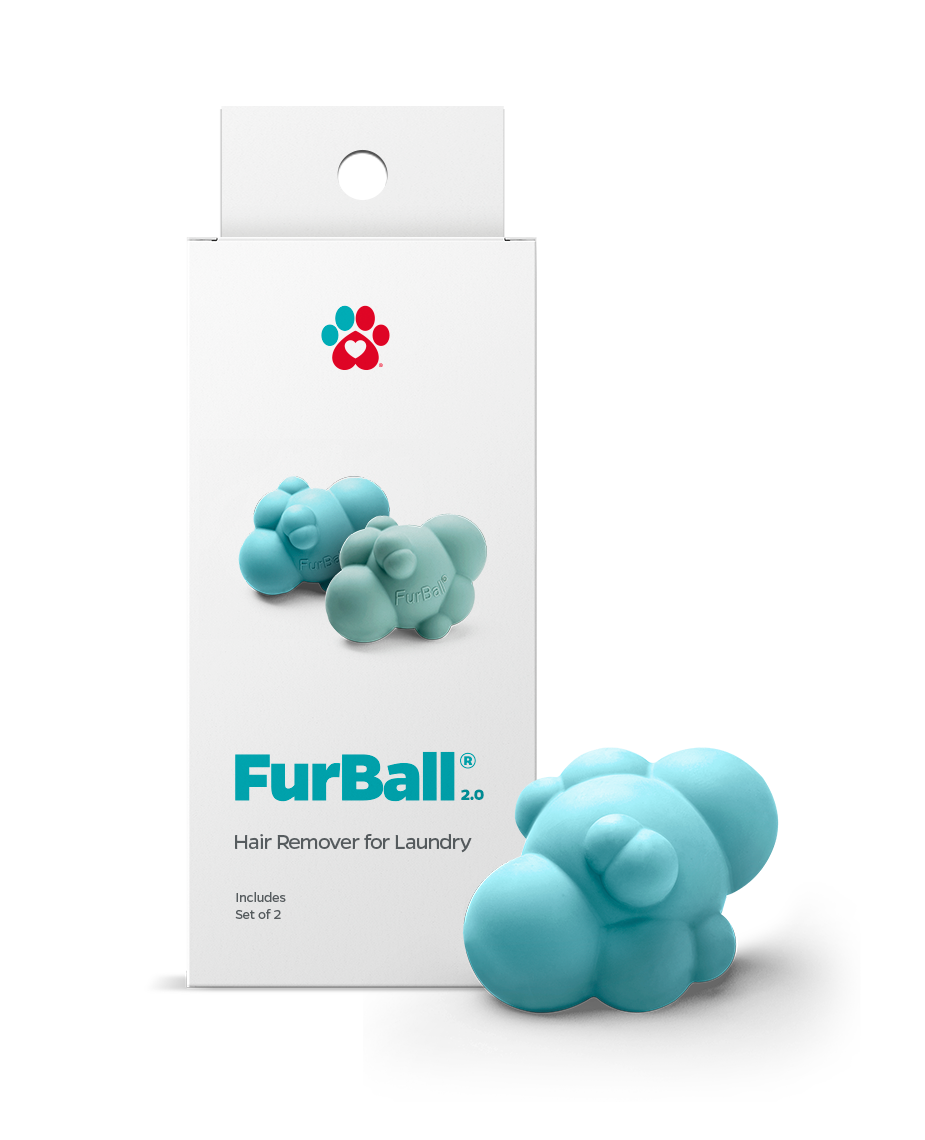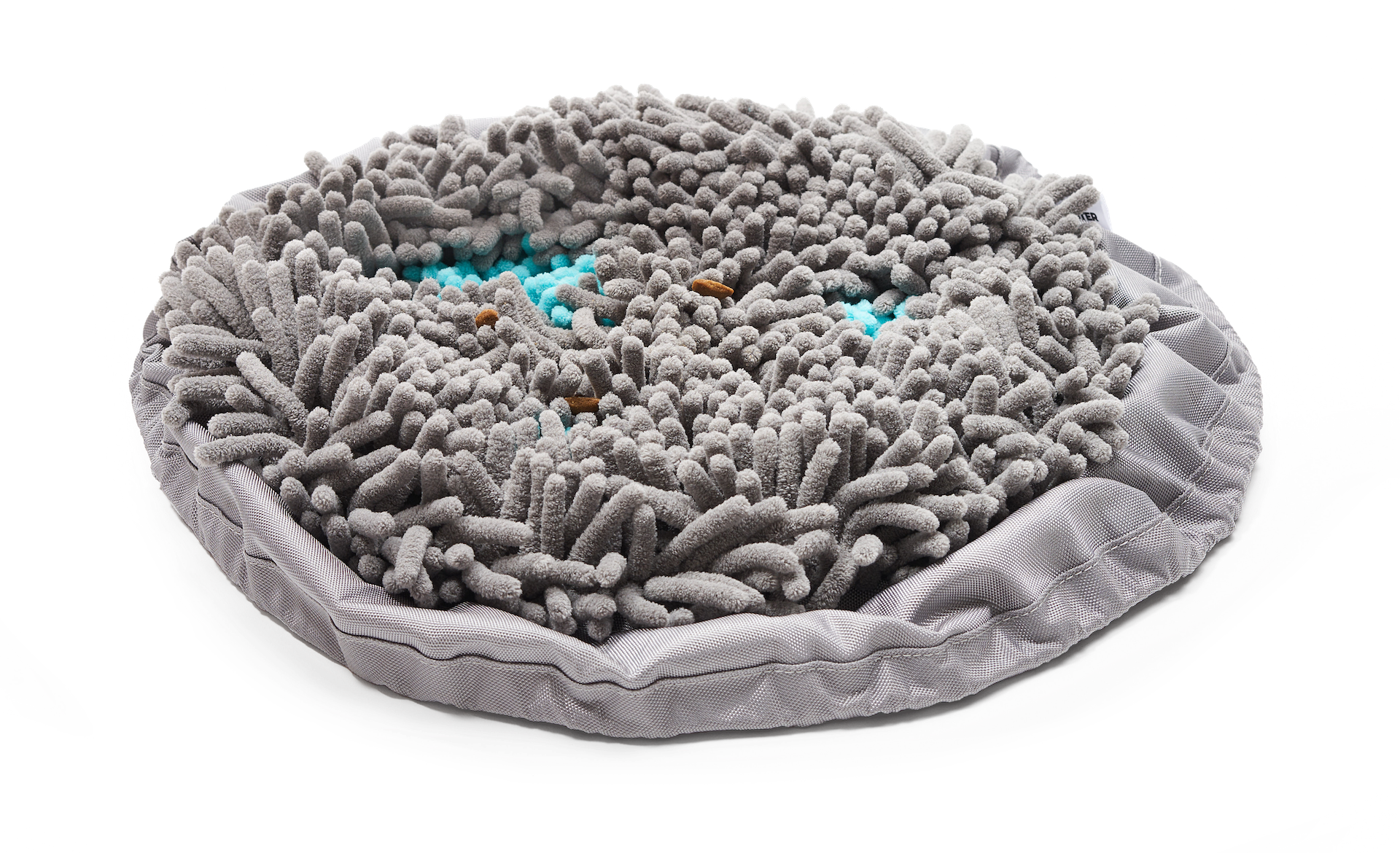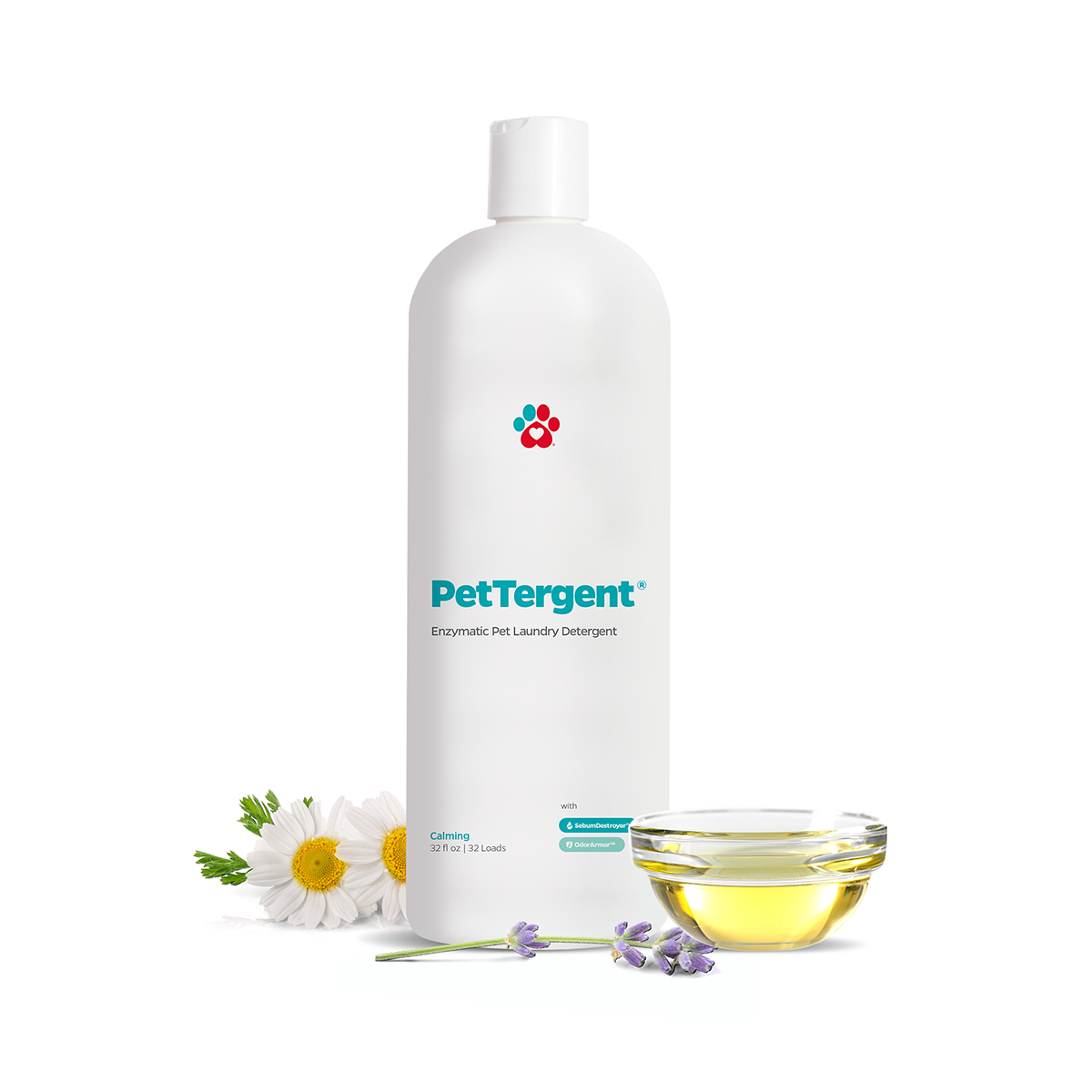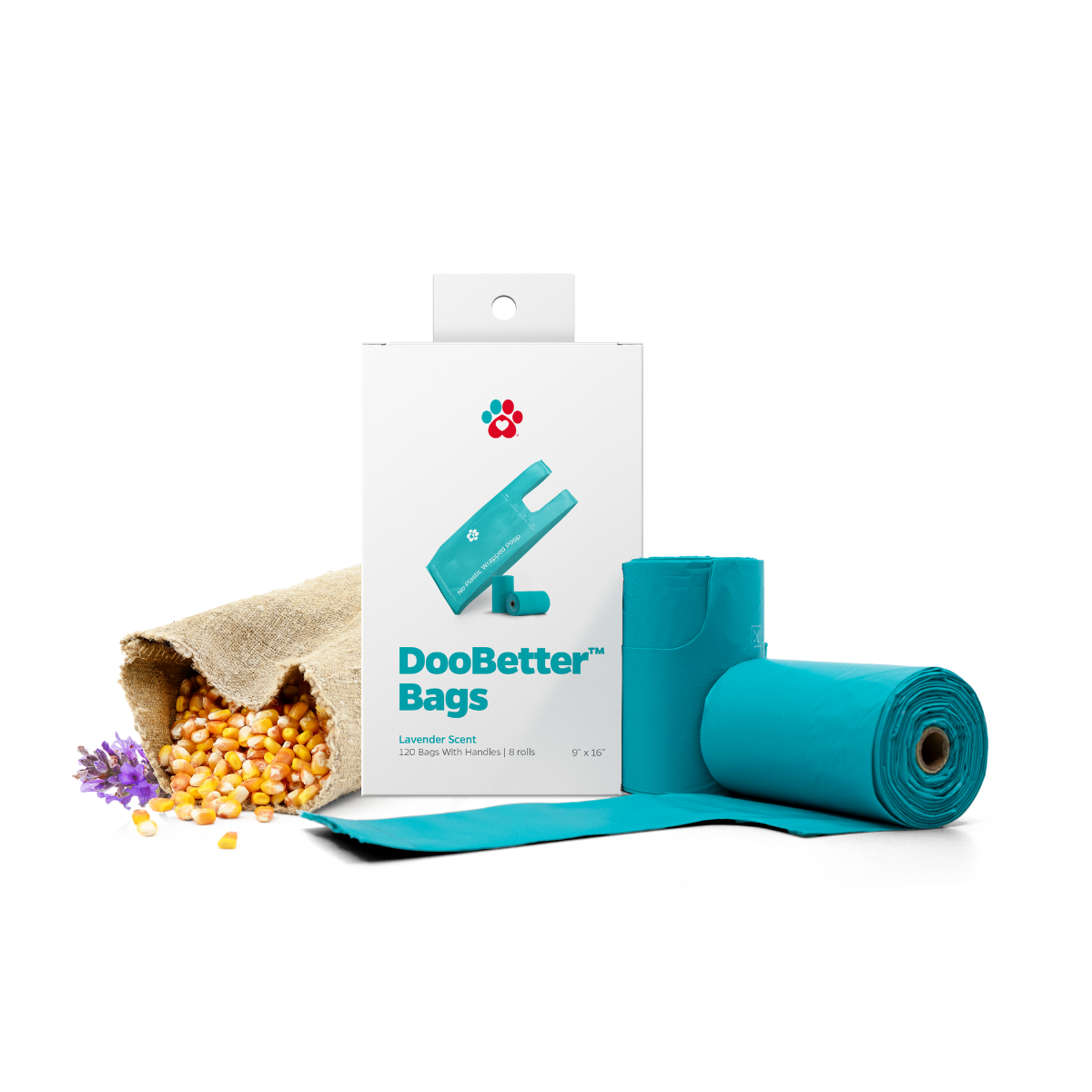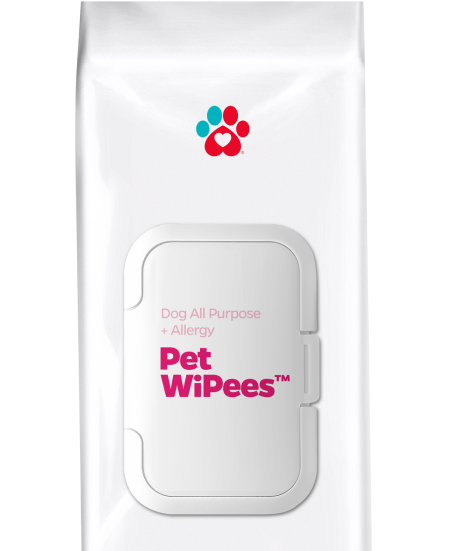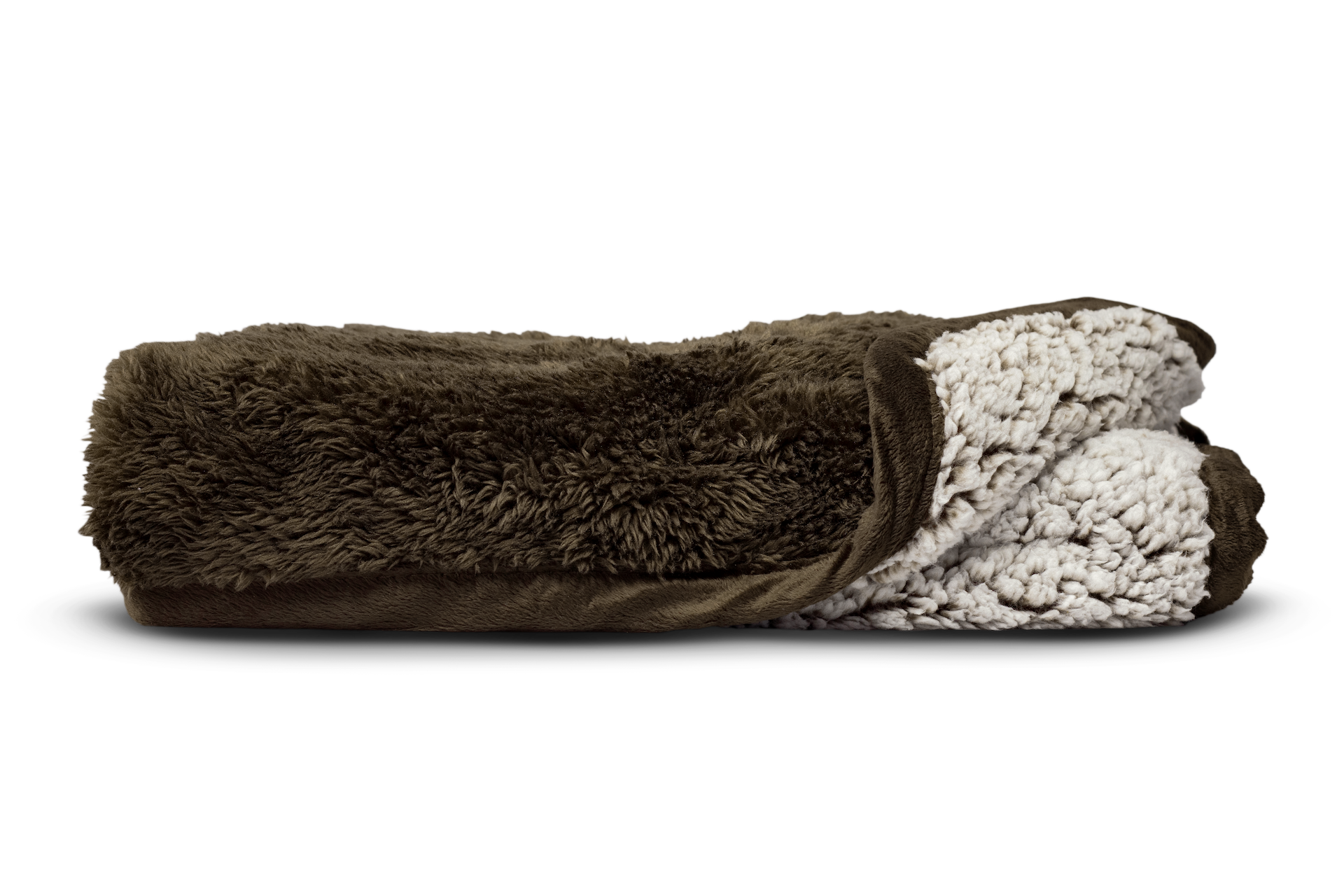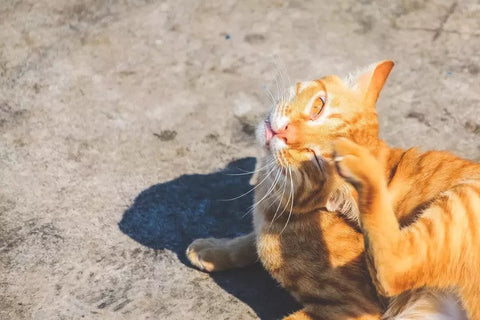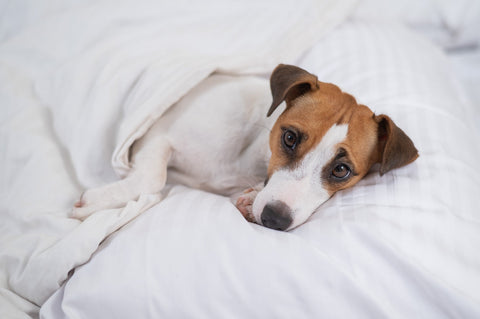If we look at it, our pets are more prone to complications after surgery than we are. You don't you think this is the case? Our pets are curious, and they're not really likely to just sit down. Licking and scratching of your pet's incision site is a common thing. And it leads to only one thing: Infection, infection, infection.
Caring for your pet's incision site
It also seems impossible to control our pets, especially if they're still not feeling well and recovering. But instead of giving drugs and medicines to keep them controlled, there are actually more comfortable ways on managing and handling incision sites on our pets! Thank, goodness!
"Always check your pet's incision site and take note of the changes you see."
Ensure proper hygiene
Proper hygiene is one of the most important things to consider when handling your recovering pet. A dirty environment and a dirty pet's incision site are breeding grounds for bacteria and bacteria means infection! Clean the incision site everyday as directed by your veterinarian
Look out for signs of infection
Always check your pet's incision site and take note of the changes you see.
Is there swelling? Is there discharge or bleeding? Are the sutures falling out? Is there anything protruding out of the incision site? Does your pet have a fever? Does he appear to be weaker instead of recovering?
If you answered yes to even just one of these questions, have it evaluated and treated by your veterinarian as soon as possible. Infections, if not addressed immediately, can be life-threatening.
E-collars
The e-collars, also known as the Elizabethan collar - or the infamous “cone of shame”. It is a pet cone that will keep your pets from turning their bodies to chew or lick or touch on any surgical areas, wounds or injuries. The cone is important to speed up the recovery process.
However, the standard, hard plastic e-collar is not fun for pets. The bad side is that some e-collars don’t fit your dog’s neck. If it’s too big, your dog will not be able to eat or drink. If it’s too small, he will be able to easily turn around, defeating the whole purpose. Determined, pets will quickly work the collar off of their necks.

Dog diapers and belly bands
Alternative to cone of shame, Dog diapers and belly bands are a thing, too, for handling incision sites.
They are easy to use and the market has a wide variety of dog diaper and belly band sizes and you will surely find the right fit for your pet.
There are washable diapers and belly bands that have no "crinkly" or uncomfortable texture that causes many dogs to dislike it.
Pawtect® Pads are also helpful, especially for pets who have just gone through surgeries, who have difficulties in peeing and pooping on areas where they're supposed to. These can be washed over and over again, they are heavy-duty and won't rip any time soon. Harmful dyes and chemicals are not present, too, so this is probably the safest and healthiest for your pet.
Cleanup is also made easy with PetTergent®, a laundry detergent made just for pet stains and odors.
Be on schedule for follow-up checkups
Follow-up checkups are scheduled on specific dates for a reason! It is essential for your pet so your veterinarian can check if there's any progress with your pet's prescribed treatment plan. It is also there to minimize and prevent any infections and issues from happening. Your vet will need to make sure your dog's medication list is complete and may also find the need to adjust or change medicine doses.
Provide a healthy and balanced diet
Providing your dog a good, healthy diet is a perfect way to boost up his wellness. But make sure that this diet is advised by your veterinarian so it will provide him with the proper nutrition he needs.
Movement restriction
Prevent your pet from moving too much. You can crate him for as long as you think he's well enough to freely move around. Remember, prevention is always better than cure.
Incision site madness is common to almost every pet parent as pets will always lick or scratch their suture lines. But it's just the way they are.
It's up to us manage them so no infection can come in the way of living a healthy and happy life after surgery.
